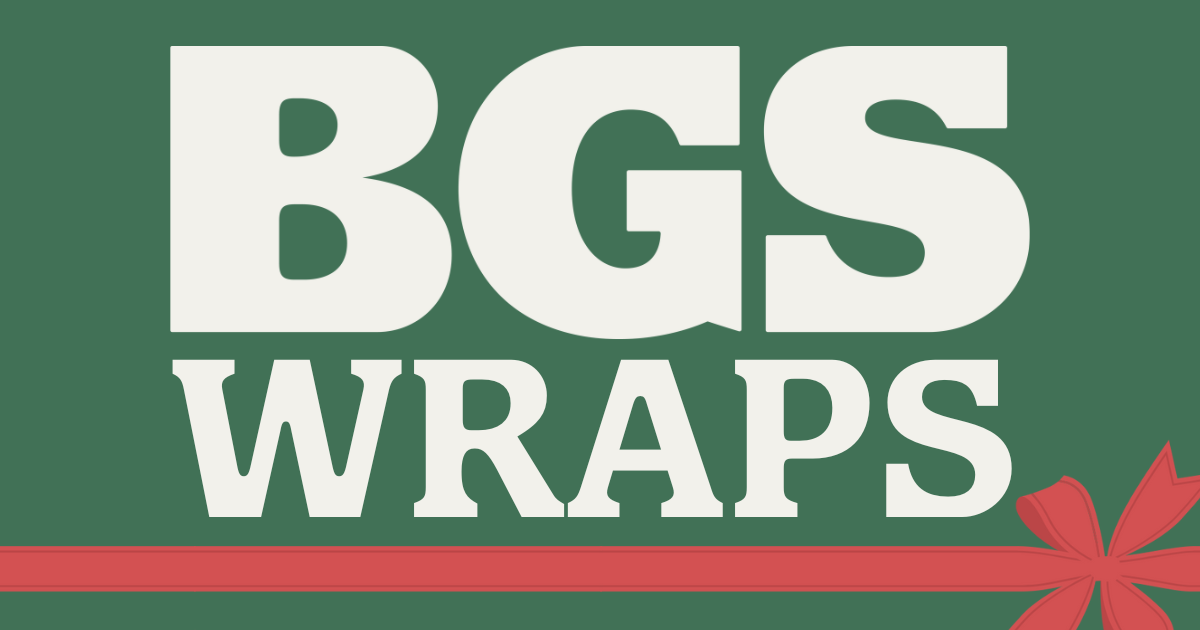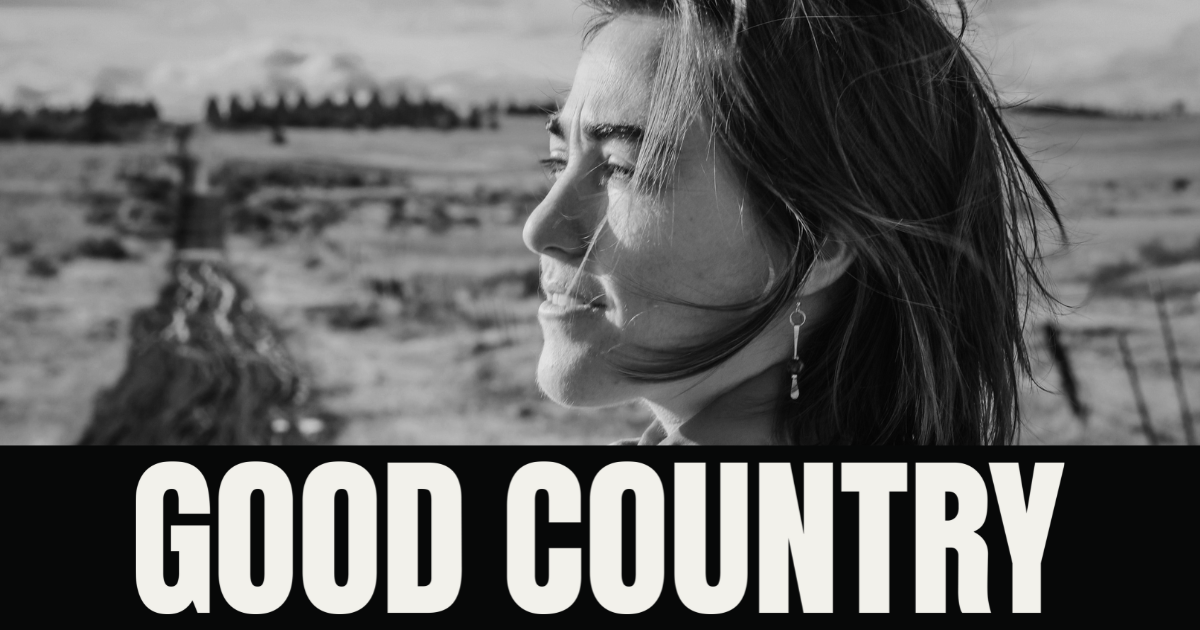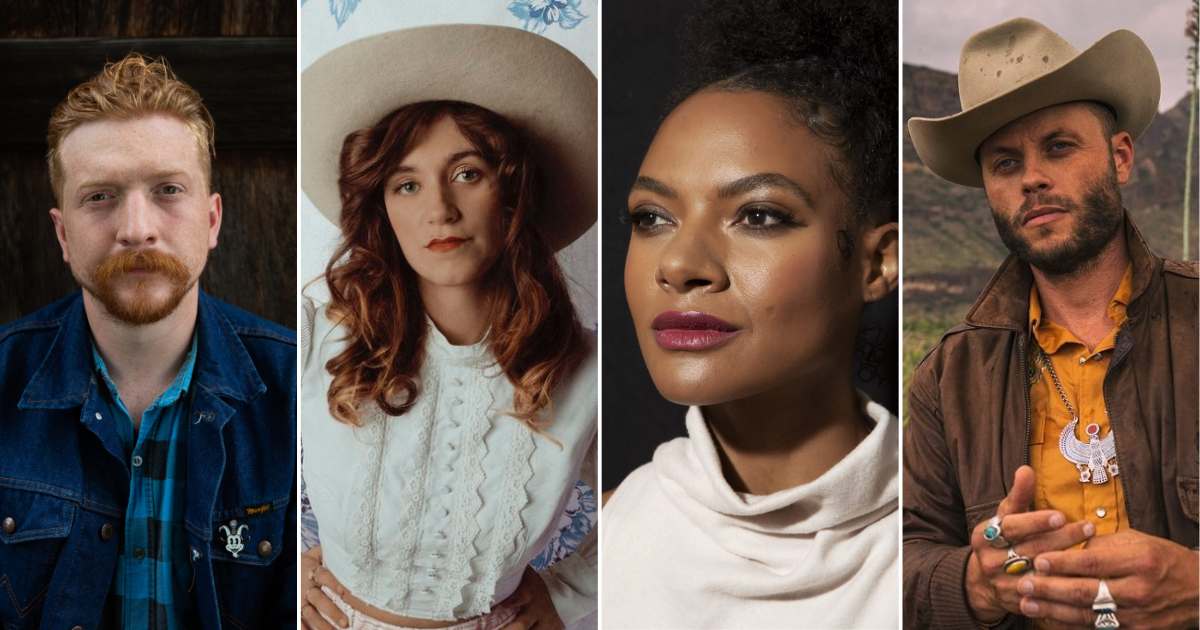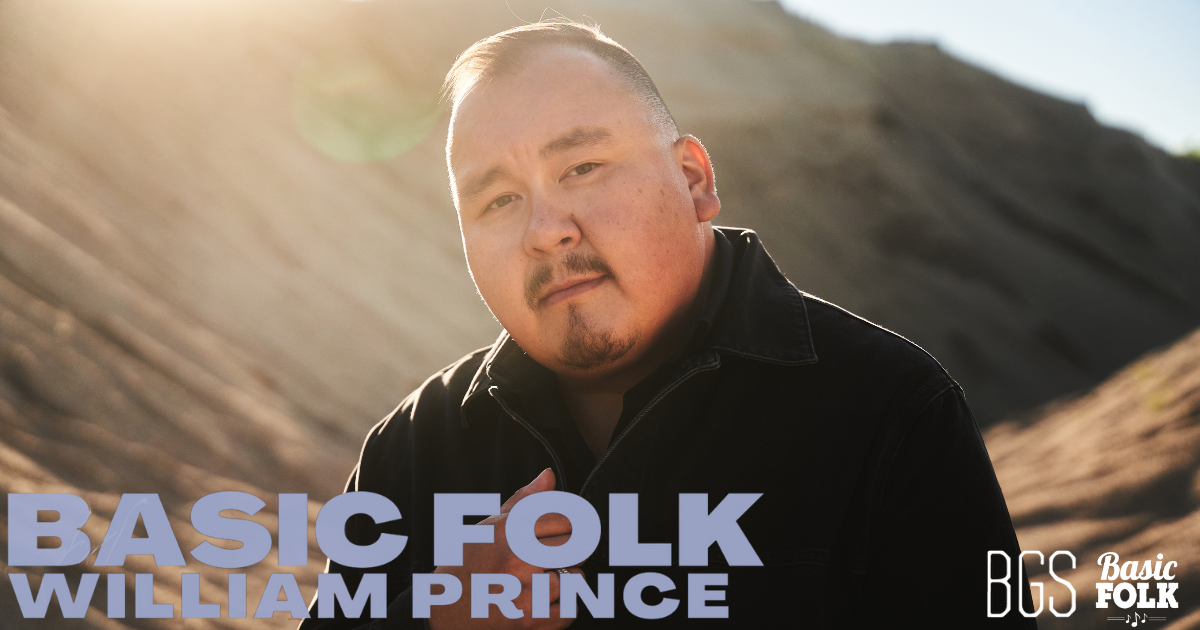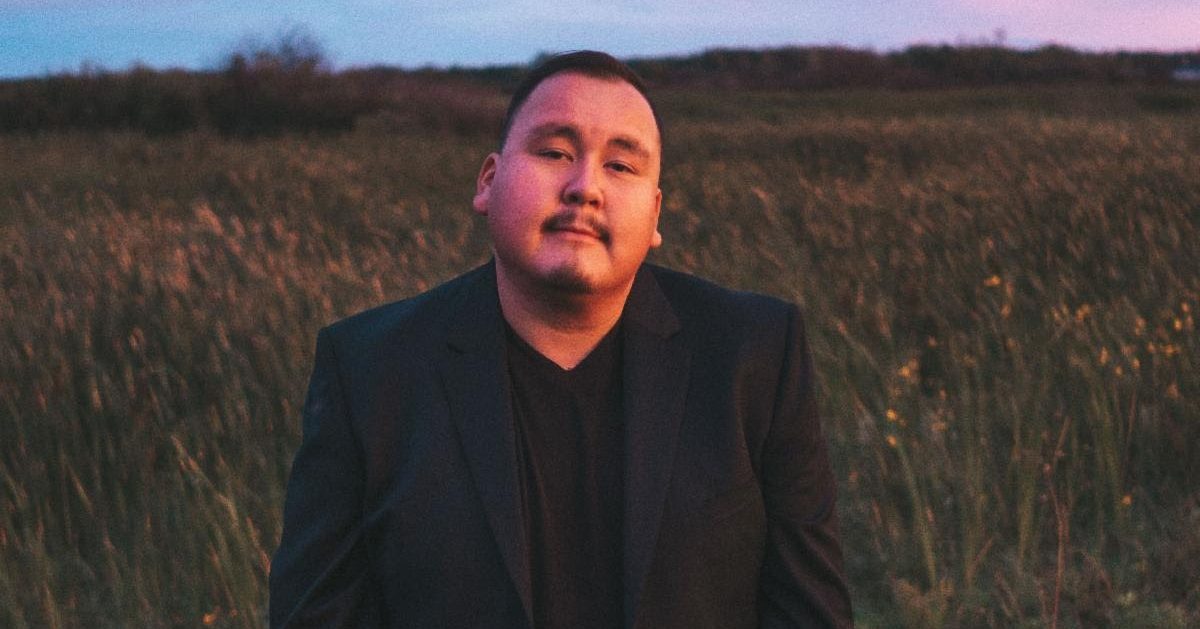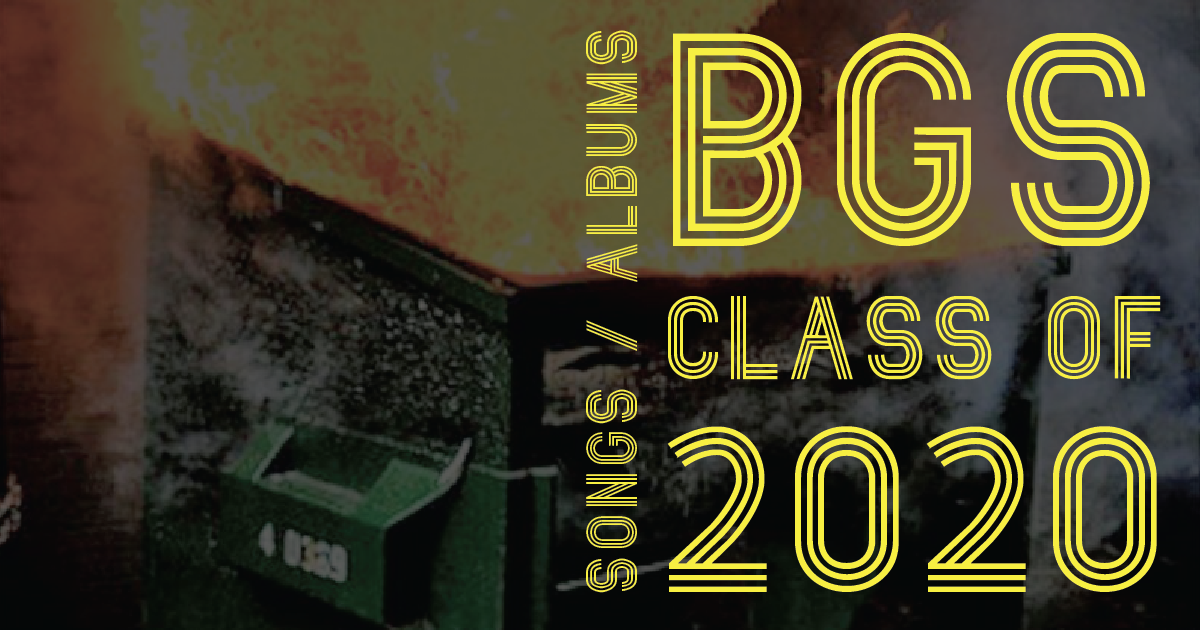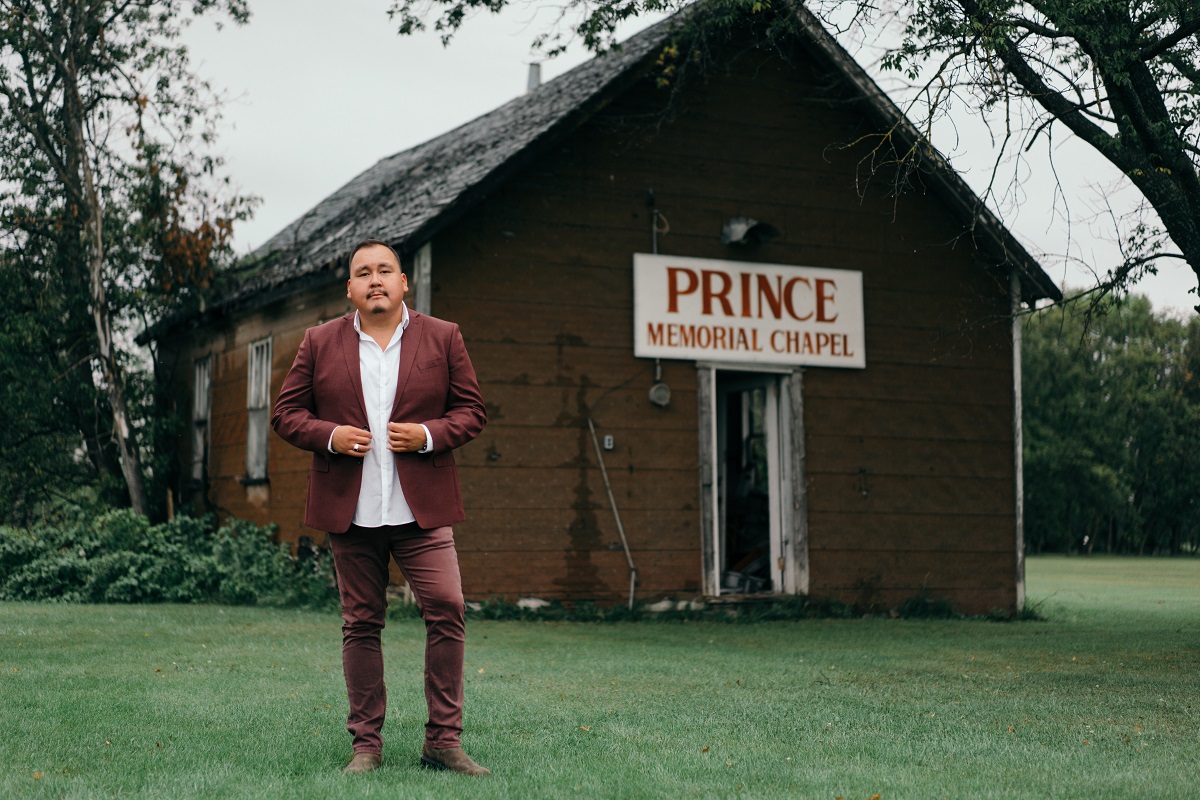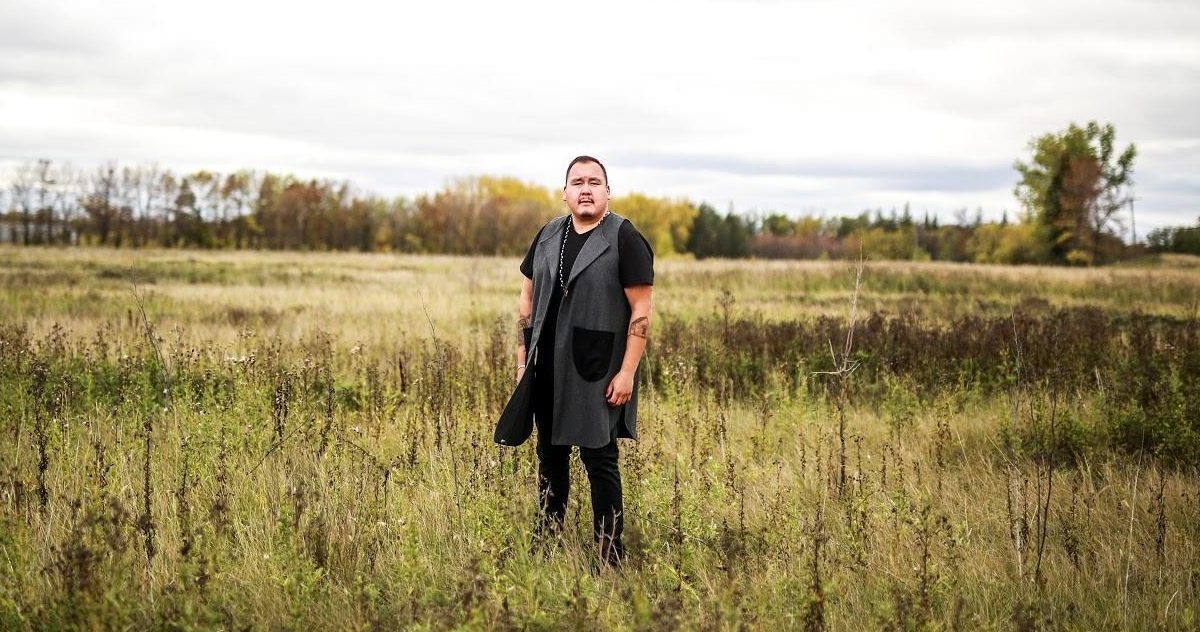Each year, the BGS Team likes to “wrap up” the year in music by featuring holiday, seasonal, and festive tunes and songs throughout the month of December. It’s a perfect way to generate holiday cheer while shining a light on some of the high quality new – and timeless! – seasonal music we’ve got playing on repeat each winter. And, it gives us the chance to infuse our veteran/stalwart holiday playlists with some new life, too.
This year, we’ll be sharing songs, albums, shows, and events each day for the first three weeks of December, a musical bridge to bring us to the peak holiday season, the end of one year, and the beginning of another. Check back each day as we add more selections to these weekly posts, highlighting roots music that will soundtrack our solstice, Christmas, Hanukkah, Kwanzaa, and New Year.
What are you listening to this time of year? Let us know on social media! You can scroll to find our complete BGS Wraps playlist for 2024 below. Check out Week 1 of BGS Wraps here and Week 3 of BGS Wraps here.
Megan Moroney, “All I Want For Christmas Is a Cowboy”
Artist: Megan Moroney
Song: “All I Want for Christmas is a Cowboy”
Album: Blue Christmas …duh (EP)
Release Date: November 1, 2024
In Their Words: “Well since it comes out tonight, I guess now would be a good time to let y’all know I recorded a lil 3 song holiday EP that features 2 original songs & a cover of a classic. It’s called Blue Christmas …duh.
sleigh, I guess.” – Megan Moroney, via social media
From The Editor: “Megan Moroney was everywhere in 2024 – and we certainly didn’t mind! Three CMA Awards nominations, her sophomore album, Am I Okay?, reached No. 9 on Billboard‘s Hot 200 chart, she’s MusicRow‘s Breakout Artist of the Year, and so much more. Plus, she released this excellent holiday EP, Blue Christmas …duh, in November featuring two new originals and her rendition of the classic made popular by Elvis. We adore Moroney’s brand of high-end, sequin-studded, mainstream country. Catch her and her music on the Am I Okay? Tour in 2025!”
Spencer Hatcher & Aubrie Sellers, “Mr. and Mrs. Santa Claus”
Artist: Spencer Hatcher & Aubrie Sellers
Song: “Mr. and Mrs. Santa Claus”
Release Date: November 1, 2024
In Their Words: “‘Oh, yeah, you bet. Uh… ho ho ho and stuff’ 🎄 ‘Mr. and Mrs. Santa Claus’ is out now!!” – Spencer Hatcher & Aubrie Sellers, via social media
From The Editor: “Decked out in their holiday best and performing in front of a classic Airstream trailer, bluegrass influencer Spencer Hatcher and garage country artist Aubrie Sellers play the mother and father of Christmas for their new single, ‘Mr. and Mrs. Claus.’ Throwing it back to the ’70s in more ways than one, their rendition pays tribute to George and Tammy’s cut of the song released in 1973. It combines so many things we love about bluegrass, country, and roots music – from the steel guitar and tasty harmonies to the retro trimmings and honky-tonkin’ tempo. We’re even here for the iconic knotty pine wood paneling! Perfect for BGS Wraps.”
Sierra Hull, “The First Snowfall”
Artist: Sierra Hull
Song: “The First Snowfall”
Release Date: November 8, 2024
In Their Words: “‘The First Snowfall’ is the B side from my upcoming limited edition 7” vinyl release, Holiday Favorites V1 … Can anyone guess which classic artist I discovered this song from?” – Sierra Hull, via social media
From The Editor: “Every seasonal playlist deserves a selection of songs about the season, as well as the festive holidays we celebrate during it. So we were especially excited to hear impeccable mandolinist Sierra Hull’s rendition of this Bing Crosby classic, ‘The First Snowfall,’ when it dropped last month. With a newgrass groove that skips and hops along, Hull and her crack band bring a modern glitz to the number. Don’t miss the A side of her special holiday single release, too – it’s ‘Country Christmas’ pulled from the catalog of one of Hull’s heroes, Loretta Lynn. Bluegrass winter leads to bluegrass Christmas, and we wouldn’t have it any other way.”
Blind Boys of Alabama & Jay Buchanan, “I Heard the Bells on Christmas Day”
Artist: Blind Boys of Alabama & Jay Buchanan
Song: “I Heard the Bells on Christmas Day”
Release Date: November 29, 2024
In Their Words: “Get in the holiday & shopping spirit with ‘I Heard the Bells on Christmas Day.’ Produced and arranged by Hall & Oates Music Director Shane Theriot, we sing it alongside rocker Jay Buchanan of Rival Sons.” – Blind Boys of Alabama, via social media
From The Editor: “Every holiday needs soul. Who better to provide a bit of a Christmas slow burn – besides a yule log – than the Blind Boys of Alabama with Rival Sons’ Jay Buchanan? ‘I Heard the Bells on Christmas Day’ has limitless pocket and a funky, slow dance groove. A brand new addition to our Non-Crappy Christmas Songs playlist? Most certainly! This rockin’, soulful, Americana-steeped rendition of a holiday classic is just too good.”
William Prince, “The Sound of Christmas”
Artist: William Prince
Album: The Sound of Christmas (EP)
Release Date: October 18, 2024
In Their Words: “Produced by the wonderful Boy Golden, featuring the talents of Alyshia Grace, FONTINE, Cody Iwasiuk, John Baron, Stephen Arundell, Keiran Placatka, Matt Kelly, Kris Ulrich, Austin Parachoniak, Kaitlyn Raitz, Ben Plotnick, and with beautiful artwork from Roberta Landreth, these songs were a treat to put together for you and I hope you enjoy them as much as we enjoyed making them. … Happy early holidays, folks.” – William Prince, via social media
From The Editor: “Christmas arrived right on time – in mid-October – via this delicious three-song EP from First Nations country singer-songwriter William Prince. We’ve covered Prince quite a bit over the years, relishing the plains patina and down-to-earth quality of his albums and songs. The Sound of Christmas is a bit more polished, shiny, and draped in tinsel (especially the primed-for-Times-Square title track), but the other tracks on the project, ‘Silver Bells’ and ‘Don’t Go Leaving Me (It’s Christmas Eve),’ still display plenty of that signature grit and duality. Here’s a sound direct from (what we now call) rural Canada that’s also very much ready for the mainstream.
“Something else we love about The Sound of Christmas: Prince is selling 1000-piece jigsaw puzzles of the festive, holiday village cover artwork for the EP. Adding it to our holiday gift list now!”
